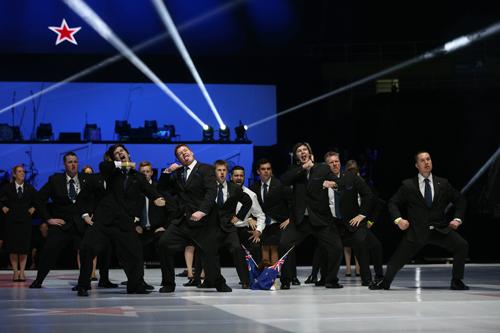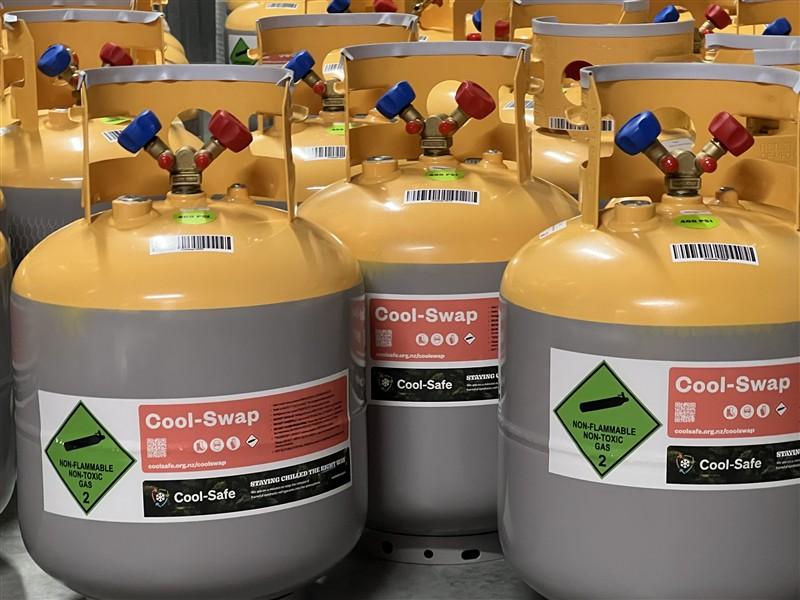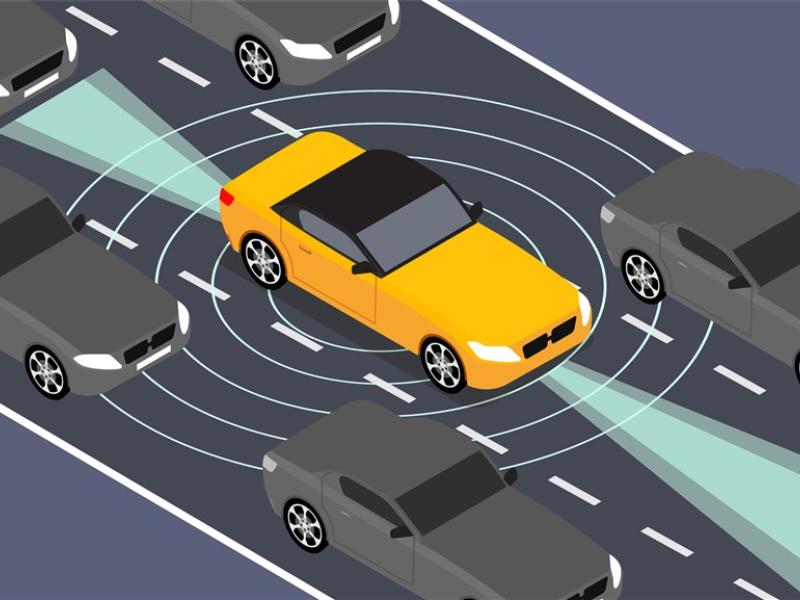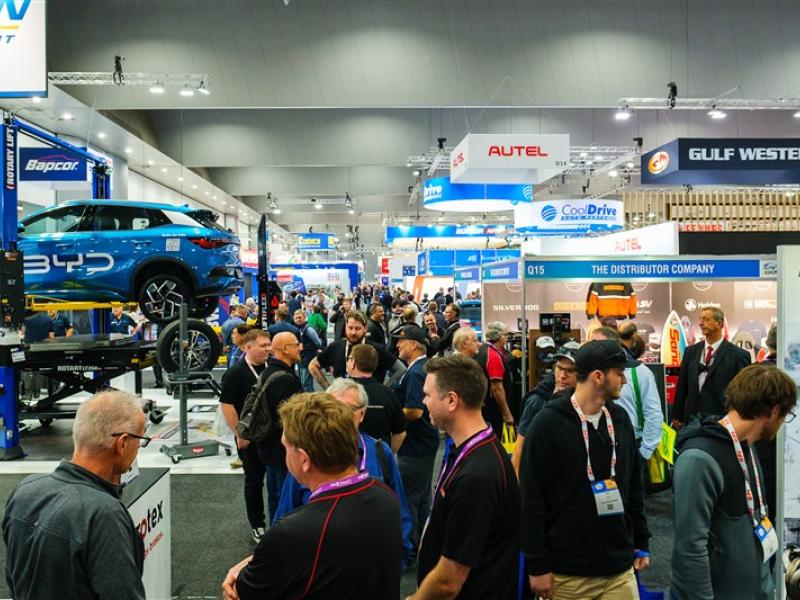There were more than 45 trade skills contested by 1,300 competitors from 72 countries over five days at the equivalent of the Trade Olympics for under 24-year-olds, the WorldSkills International in Sao Paulo, Brazil.
The NZ Tool Blacks team contested 15 of those skill categories. The three contestants in the automotive field were Chelcie Kuriger from Hamilton (Waikato Toyota), David Fox from (Wade Collison Repair (Hamilton), and Luke Tahurangi from Wainuiomata (Larsens Panel and Paint).
To get into the NZ Tool Blacks they won through the 2013 regional and 2014 national competitions, then earlier this year at the Oceania competitions involving eight countries.
The WorldSkills NZ team, the NZ Tool Blacks and their coaches and mentors, all knew that the WorldSkills Internationals would be a giant step up again from the scale of the Oceania competitions – but seeing 250,000 spectators constantly packing the 3-4m wide walkways watching everything each contestant did, was another matter.
Seeing is believing. Suddenly you’re a rock star and everybody’s not only watching everything you do, but often filming it, as you tackle multiple projects in a few pressured hours of intense competition.
The WorldSkills International competition’s opening ceremony was structured along the lines of the Olympic Games, with an opening parade and competitor’s oath. Luke Tahurangi was selected as one of only three competitors to take the oath on behalf of all 1,300 competitors – a huge honour for both Luke and NZ. Just after the NZ team was introduced in the opening parade, Luke led the team haka, after which there was a moment of stunned silence, before rousing applause from the 120,000-strong crowd.
Luke competed against competitors from 20 other countries in Automotive Refinishing. He won the Medallion of Excellence in Automotive Refinishing, which means he came within the top 10 percent and placed ninth overall. His competition was broken down into five modules:
Day 1
- Spot repair on pre painted left wing
- Masking of car and plastic part
Day 2
- Standard application inside and outside right door
Day 3
- Wet on wet right wing (three layer)
- Colourmixing
Day 4
- Design layout and polish
In David’s Autobody Repair (panel beating) competition, there were also 20 competing in five modules. In the end he was just a piddly half point off a Medallion of Excellence, which although of course was disappointing, he said was not as important in the big picture as the chance to be there and experience the competition and Brazil.
“The build up to going was pretty intense,” says David. “I went to Singapore to the Car-o-lina Training Facility a month before, for a week’s training. Singapore was my first big trip and so it prepared me a bit for Brazil.
“As much as people told me what it was going to be like, it wasn’t until you were there that you got a sense of how much bigger WorldSkills is in other countries. Here it tends to fly a bit under the radar.
“The experience itself was the best thing about it. Being there with everyone else was amazing and the competition was amazing.”
The competition comprised five modules with no set times per module in an eight hour day for four days. Only two people completed all five modules and they were the Top 2.
“The first module was straightening up a chassis, removing and replacing the chassis rails and then associated panels (about five made up the structural repair). Then we had to remove and replace a rear quarter panel.
“The third module was a hammer and file of a bonnet for small repairs. A hammer and file of a roof skin with one large repair and finally, an airbag and electrical systems diagnostics.”
In Chelcie’s Automotive Technology field, there were a total of 41 competitors all from different countries. Chelcie was one point off claiming a Medallion of Excellence and in the end, ranked 22nd. She also laid title to the first female to compete at the WorldSkills Internationals in this category.
In Auto Tech there were five different sections to undertake: brakes steering and suspension, engine rebuild, gear box rebuild, electrical diagnosis and repair, engine management diagnosis and repair. You got three hours to complete as much as you could in each section. All tasks were designed to not be completed.
“In the brakes steering and suspension section, I removed and replaced shocks, lowered control arms, measured brake disc runout, compared all my findings with manufacturer’s specifications and performed a wheel alignment,” said Chelcie.
“In the engine rebuild I had to perform a cylinder leakage test, strip the engine, perform measurements on the pistons, cylinder bore, ring gaps and clearances, cylinder head warpage and crank main and big end bearing clearances. We had to rebuild the engine with replacement parts that didn't meet the specifications and torque all bolts to spec.”
In the gear box rebuild Chelcie tested workings of the gearbox, stripped the box and measured bearing clearances, inspected all the gears and shafts, and reassembled following service specifications.
“During electrical we were given a car full of electrical problems, from the lights not working and windows not responding to the switch to interior lights and electrical boot latches not working, I had to diagnose and repair these faults while explaining what I was doing and why.
“Engine management was similar to electrical, lots of faults in the engine to stop it from starting and running rough. I had to diagnose and repair faults while explaining what I was doing and why.
“Going to a completely different culture, language was a bit shock. I’d been to Australia but not beyond that, so it was a massive experience with lots of learning. Representing your country in a competition like that while improving your skill level is a great opportunity and I’d do it again in a heartbeat.
“Being involved in WorldSkills also makes you learn a lot about yourself, build on your strengths and your personality a well as skill up in your trade. Being in Brazil with the others was fantastic because we were all seeing the same things and feeling the same things. We were in it together.”






